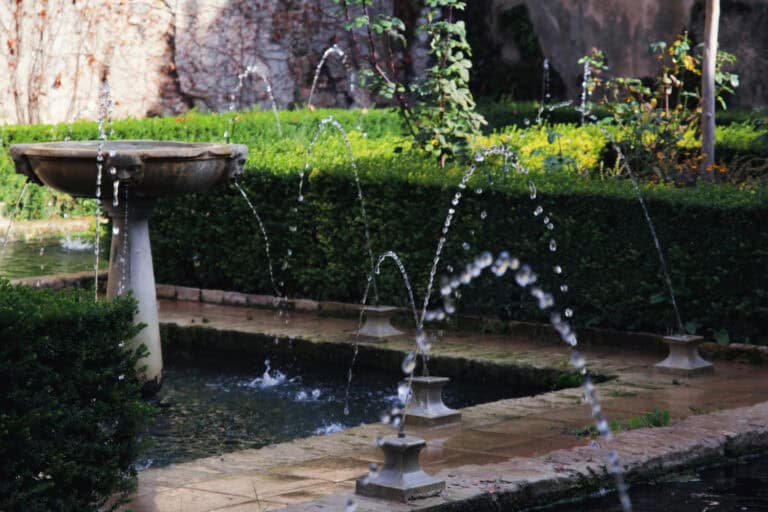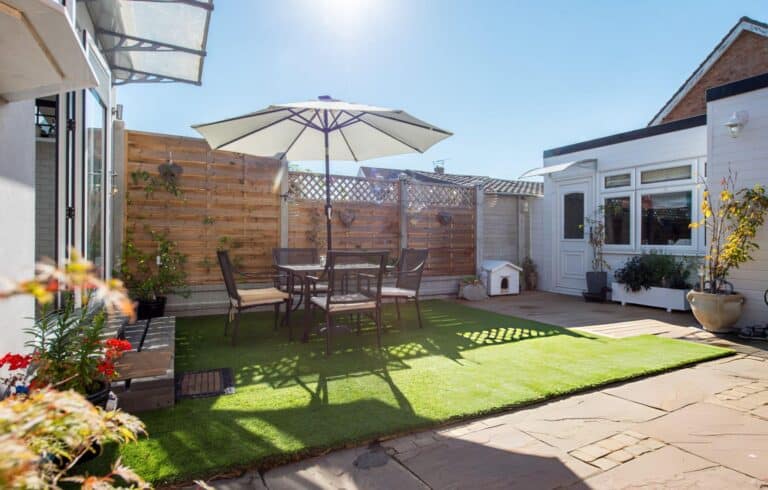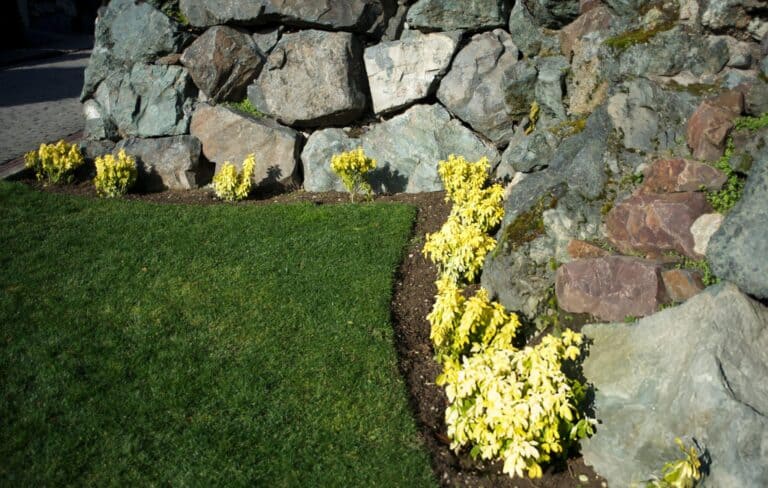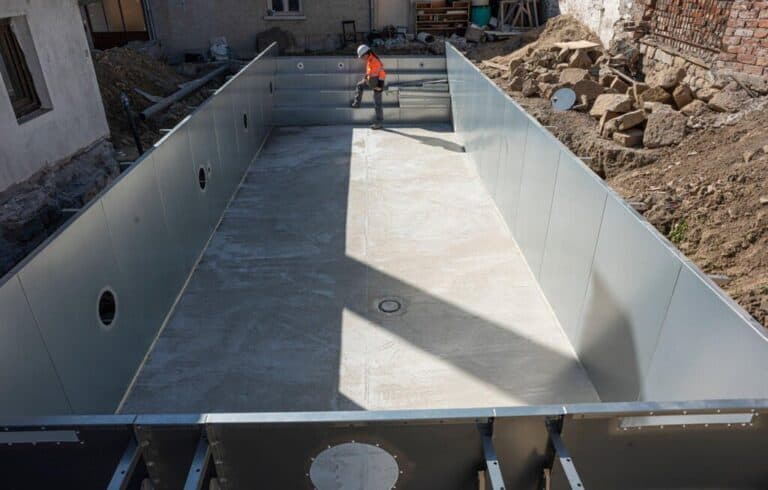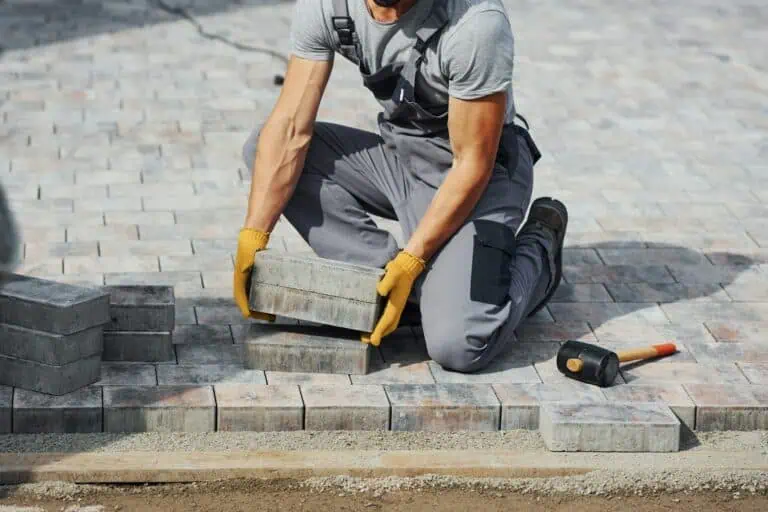Water features add a calming, beautiful touch to outdoor spaces. Whether it’s a small bubbling fountain or a more elaborate pond with waterfalls, they bring movement and sound that help any yard feel more relaxing. In a hot place like Gilbert, AZ, water elements can also break up the dryness with some cooling energy. But, like any part of your landscape, they need to be cared for. When something doesn’t look or sound quite right, it could be caused by a leak or a problem with water flow.
Leaks and circulation issues tend to be the most common troublemakers. Both can affect how your feature works and how it looks. A leak can show up as low water levels, strange puddles, or built-up minerals around the edges. Circulation problems are more about what you can’t see at first—stagnant water, cloudy appearance, and poor movement that might lead to bigger repairs down the line. Spotting the signs early and taking action can save time and protect the entire space around your water feature.
Diagnosing Water Feature Leaks
Even a small leak in a water feature can turn into a bigger headache if it’s ignored. The hard part is that leaks often don’t give themselves away right away. You might just notice that you’re refilling the water more often than usual, or that the area around the feature stays wet even when it hasn’t rained.
Some signs to watch for include:
– Soggy or muddy spots around the edges of your feature
– A fast drop in water levels, especially after you’ve just refilled it
– White or chalky buildup on rocks or the base, which could mean minerals are being left behind as water seeps out
– Algae growth that seems heavier in one spot, hinting at still water or a hidden leak
Leaks usually show up in a few common places. Liners can tear or shift. Fittings between the pump and plumbing may loosen or develop hairline cracks. If your setup includes rocks or pavers, settling ground underneath those stones can cause separation, leading to hidden gaps where water escapes.
To figure out where the issue is, start with a simple water level test. Fill the feature back up, then turn off the pump for a day or two. If water levels drop with the system off, the leak is likely in the basin area or liner. If the level stays the same with the pump off, but drops when it’s running, the piping or connections may be the source. Check visible plumbing and joints carefully. Sometimes the leak isn’t easy to spot, especially when it’s buried under gravel or part of a built-in wall.
Fixing Water Feature Leaks
Once you narrow down where the leak may be, the next step is figuring out how to handle it. For very minor problems, like a tiny tear in the liner or a loose fitting, a quick patch or a tightened seal might do the trick. But keep in mind that if the issue goes beyond surface level, it’s usually safer and more effective to get help from someone who knows how these systems work from the inside out.
Trying to fix it on your own without knowing the full setup could make it worse. More than that, patches don’t always last, especially here in Arizona where temperature swings can stress thin materials. If the water loss continues after your first attempt at repair, or if parts of the system aren’t easy to reach, it’s best to bring in support before the problem spreads.
To help prevent future leaks, regular inspection goes a long way. Here are a few simple ways to stay ahead of potential damage:
– Check water levels weekly and refill as needed
– Inspect liners and seals at least once per season
– Look for buildup or scale where water flows regularly
– Make sure pump areas are free from debris and sediment
Taking the time to notice small changes before they turn into bigger failures will protect your features and save money in the long run. Repairs are always easier when they’re done early.
Addressing Circulation Problems
Water circulation matters just as much as preventing leaks when it comes to keeping your setup looking and working like it should. When water doesn’t move enough, it gets stale fast. Debris piles up, algae grows quicker, and the feature loses that crisp, clean look. You may also notice odd smells or bugs hanging around since standing water becomes the perfect place for both.
There are a few big reasons this happens. The pump might be the wrong size for your feature, especially if upgrades were made after the initial setup. Another common cause is a clogged filter or debris blocking the flow path. If rocks or plants have shifted over time, they could be redirecting water in ways the system isn’t designed for. Sometimes, it’s a combination of small changes that add up over time.
Boosting circulation doesn’t need to mean starting over. Here are a few practical changes that can make a big difference:
– Clean filters and skimmers regularly to avoid backup
– Make sure the pump’s flow rate matches your feature’s size
– Adjust rocks or décor that could be blocking water movement
– Rinse or remove algae buildup from pump intakes and piping
– Install a secondary pump in large ponds or features with multiple levels
When water moves like it should, the entire feature looks better and works better. Plants stay healthier, the water looks clearer, and seasonal maintenance becomes much easier.
Seasonal Maintenance Tips For Water Features
As August wraps up and temperatures stay high in Gilbert, this is a good time to plan for how your water feature will hold up in the shifting seasons. While Arizona doesn’t see big freezes, temperature dips at night, dust buildup, and summer heat can all wear on your setup over time. Preparing ahead keeps you from scrubbing algae or replacing cracked parts when things could’ve stayed protected.
Start with small habits and build from there. A proper routine takes less time and helps stop bigger issues from popping up. For example, check your pump seals and look at your electrical connections before major weather changes. Splash guards and covers can also defend from monsoon debris or excess sun exposure which wears out linings faster here in Arizona.
Here are a few smart maintenance steps to follow throughout each season:
– Run a full flush of your system before and after the summer heat peaks
– Vacuum pond bottoms or deeper basins to remove settled debris
– Clear leaves and twigs from screens and filters every couple of weeks
– Rinse liners gently with water only, avoiding harsh soaps or chemicals
– Protect pipes and containers from UV exposure with proper shade or coverings
Even with all the right upkeep, natural wear still happens. That’s where scheduled inspections help. Staying on top of those small signs like drips, cloudy water, or odd pump sounds can give you a jump on repairs before they become big replacements.
Keeping Water Features Flowing Strong in Gilbert
With water features, small pockets of water have a big effect. They draw attention, cool the space, and help connect the whole landscape design. But when leaks or poor circulation start to show, the impact does too, and it never improves on its own. By learning how to spot early signs of trouble and staying consistent with maintenance, you can cut down on repairs and keep everything flowing nicely.
Water features aren’t just decoration. They play a big part in how your outdoor space feels, especially here in Gilbert, where outdoor living is part of everyday life. With the right oversight, the investment you’ve put into your yard stays enjoyable, not stressful. Regular care keeps things working right, looking clean, and lasting longer so you can enjoy the peace of running water without the worry.
If you’re noticing issues or just want to preserve the beauty of your outdoor setup, learning how Outdoor Concepts can help with water features in Gilbert might be the next best step. With expert design and maintenance solutions, we’ll keep your space looking its best season after season.


